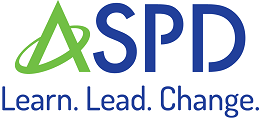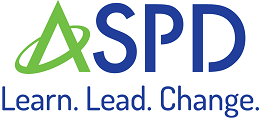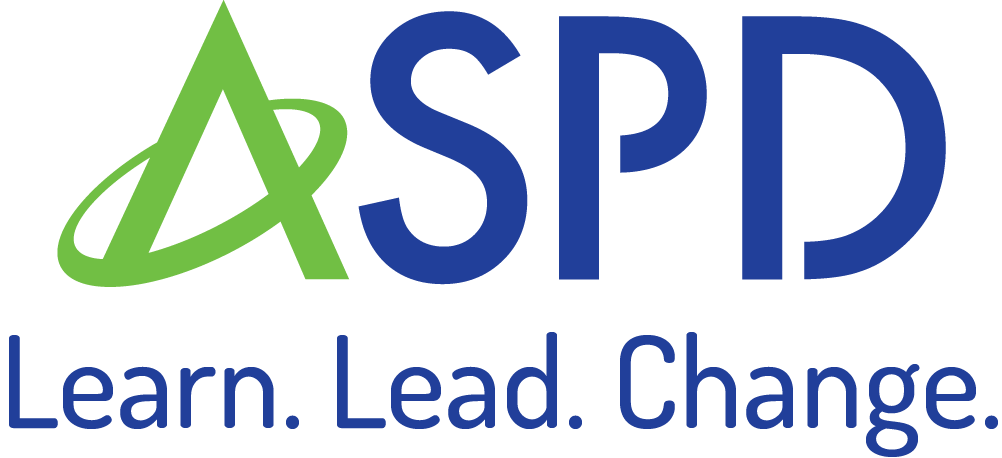STAGES OF ENGLISH LANGUAGE DEVELOPMENT
level 1
PRE-PRODUCTION
Commonly referenced as "the silent period".
At this stage, language learner are hearing new sounds and new words that they do not understand.
This is a time when a new language learner is immersed in a world in which they hear and see words they do not understand. These learners have an understanding how to use language to communicate wants, needs, ideas, information, and concepts in their home language. They simply do not have the English words, phrases, and structures in their linguistic repertoire, or language "wardrobe".
Individuals at this stage may be recent arrivals (newcomers) from a country in which English is not spoken, or they may have been living in the United States since birth in a community in which English is not the dominant language. Language learners rarely develop their ability to listen, speak, read, and write in English at the same rate. Factors such as age, personality, literacy in one's home language, and more are some of the factors that influence the rate and degree to which a new language develops
By the end of this stage, language learners will have a working knowledge of the most common words and phrases, and will rely upon them heavily to communicate needs, wants, and information, often with many errors.
Details: Level 1 — Pre-production
General Overview
Students in the pre-production stage (often called the “silent period” and aligned with WIDA Level 1 Entering ) are new to English and primarily focused on comprehension. They listen far more than they speak and rely on visuals, gestures, modeling, and context to derive meaning. Verbal output ranges from non-verbal responses (e.g., nodding, pointing) to isolated words or memorized chunks. The duration of this stage varies across learners and contexts and may last weeks to months.
Scenario
Student: Mateo, Grade 6
Background: Mateo recently arrived in the U.S. from Chile after his parents’ job transfer. He had no prior formal English instruction and was a strong student in his previous school, especially in mathematics and art. His family is supportive and also adapting to a new country and work environment.
Classroom Experience: In math, the notation feels familiar, but the teacher’s rapid speech is difficult to parse. Mateo attends closely to gestures, intonation, and worked examples to infer task expectations. He recognizes key math words from symbols (e.g., “plus,” “equals”) yet misses multi-step instructions for small-group tasks. He is observant and motivated to participate but hesitant to risk errors publicly.
Social-Emotional Elements: Sustained listening with limited understanding can be exhausting. Feelings of isolation and homesickness are common. Warm non-verbal interactions, predictable routines, and abundant comprehensible input reduce anxiety and increase willingness to take linguistic risks.
What Students Can Do
- Listening (Input/Processing):
- Follow classroom routines and simple directives when paired with visuals, modeling, or demonstrations (e.g., “line up,” “point to,” “circle”).
- Extract the gist of highly contextualized messages by leveraging tone, gestures, pictures, and objects.
- Recognize their name and a small set of high-frequency classroom words and phrases.
- Require extended processing time; comprehension improves when language is chunked and redundancies are built in.
- Speaking (Output):
- Words/Phrases: Little to no spontaneous speech; may use single words or memorized chunks (e.g., “yes/no,” “bathroom,” “help,” “teacher”).
- Language Forms: Heavy reliance on pointing, nodding, drawing, and other non-verbal means.
- Sentence Types: Not yet producing sentences without substantial support.
- Discourse: Communication is brief and responsive; participation in sustained discourse is not yet expected.
- Reading (Input/Processing):
- Identify a few personally relevant sight words when explicitly taught with visuals (e.g., name, exit, restroom).
- “Read” images, icons, and diagrams to build meaning.
- Need extensive scaffolds to interpret written directions; decoding in English is typically emerging.
- Match familiar spoken words/phrases to visuals and symbols.
- Writing (Output):
- Words/Phrases: Copy name and a limited set of familiar words accurately.
- Language Forms: Use drawings, labels, and symbols to convey ideas.
- Sentence Types: Not yet writing sentences independently.
- Discourse: Written discourse is not yet expected beyond labeling and drawing.
Instructional Strategies
- Listening: Pair clear, slowed speech with visuals, realia, gestures, and demonstrations. Break tasks into small steps; use Total Physical Response (TPR) for high-frequency routines. Label the environment and preview key vocabulary.
- Speaking: Maintain a low-anxiety climate. Do not force oral production; accept non-verbal responses. Model and provide choral/echoed responses and sentence frames for voluntary use.
- Reading: Select picture-rich texts with minimal print. Conduct frequent read-alouds with pointing to images/words; co-create charts with images and simple language tied to content.
- Writing: Encourage drawing and labeling; provide word banks and bilingual glossaries where possible. Use shared and interactive writing with teacher scribing to capture student ideas.
Additional Notes on Language & Instruction
Linguistic Features
Vocabulary growth centers on concrete nouns, essential verbs, and survival language (e.g., “bathroom,” “help”). English morphosyntax is emergent; pronunciation often reflects influence from the first language—both typical and expected for this stage.
Common Challenges
A temporary “silent period” may occur as learners allocate cognitive resources to comprehension. Challenges include parsing multi-step directions, participating in group work, and initiating peer interactions. Reducing cognitive load (e.g., chunked input, visuals, routines) mitigates frustration.
Nuanced Instructional Adaptations
- Content Differentiation:
- Prioritize key concepts and vocabulary using visuals, realia, and demonstrations; pre-teach essential language forms tied to tasks.
- Provide bilingual resources and/or home-language supports when feasible (glossaries, dual-language labels, peer interpretation).
- Design tasks allowing non-verbal evidence of understanding (pointing, matching, sorting, drawing).
- Assessment Differentiation:
- Use observational checklists and anecdotal notes tied to language targets and participation.
- Offer response options such as actions, drawing, or selecting images/words.
- Prioritize comprehension of key vocabulary and ideas over grammatical accuracy at this level.
- Avoid timed assessments or those requiring extended English output.
- Peer Supports: Pair with a trained, supportive peer (bilingual when possible) to model routines and language.
- Sensory/Graphic Supports: Use manipulatives, graphic organizers with minimal text, and interactive displays.
- Technology: Employ translation judiciously for immediate needs; use picture-based learning tools and audio-supported texts.
References
- WIDA. (2020). WIDA English Language Development Standards Framework, 2020 Edition. Kindergarten–Grade 12. Overview page · Full PDF.
- ELPA21/CCSSO. (2014). English Language Proficiency Standards. PDF. See also ELPA21 PLDs: PDF.
- Asher, J. (1977/1984). Total Physical Response. (Classic descriptions of TPR as a comprehension-first approach.) Open-access summaries and research syntheses available, e.g., ERIC study.
- Krashen, S. (1981/1982). Second Language Acquisition and Second Language Learning ; Principles and Practice in Second Language Acquisition. (Foundational descriptions of the “silent period” and comprehensible input.) Open-access: SLA & Learning PDF.


